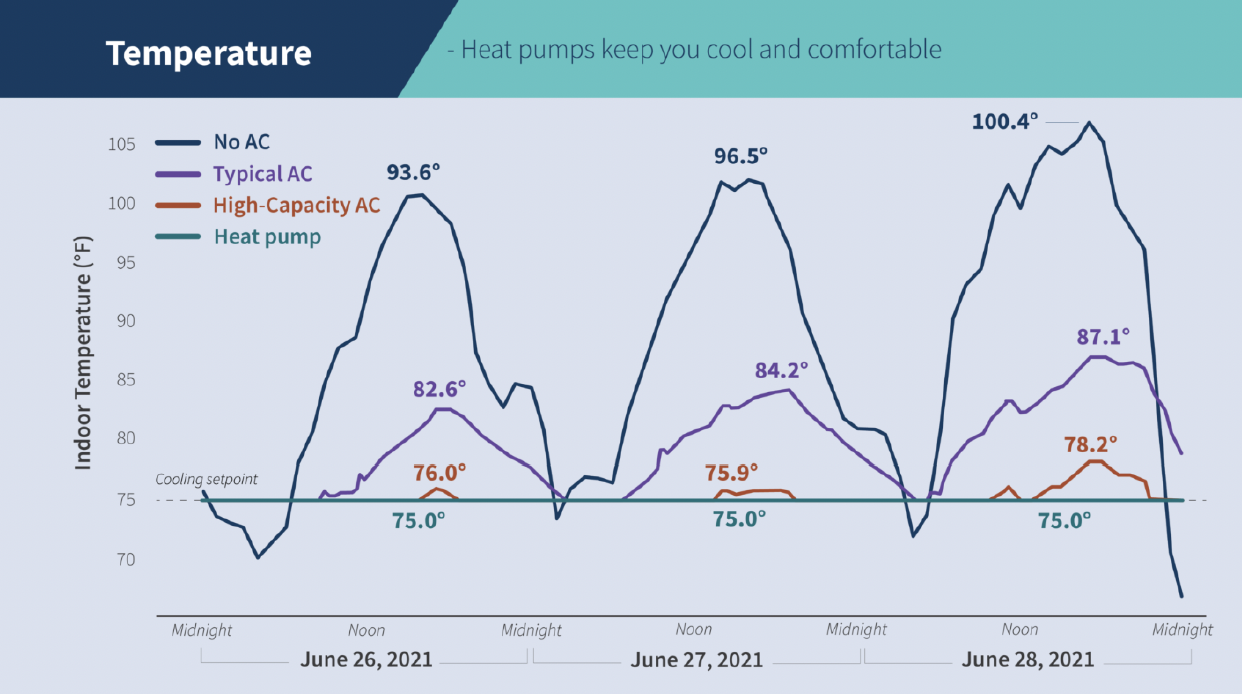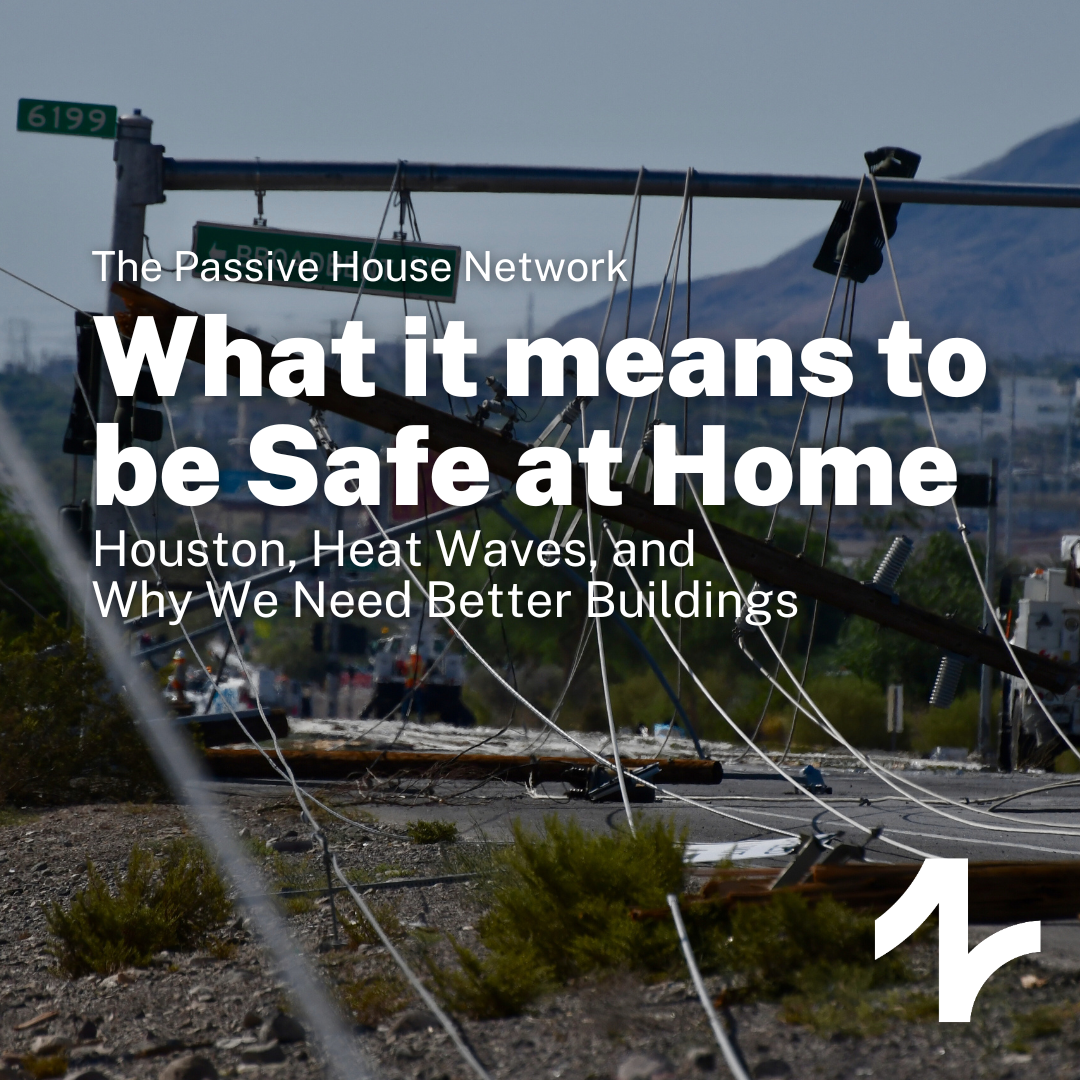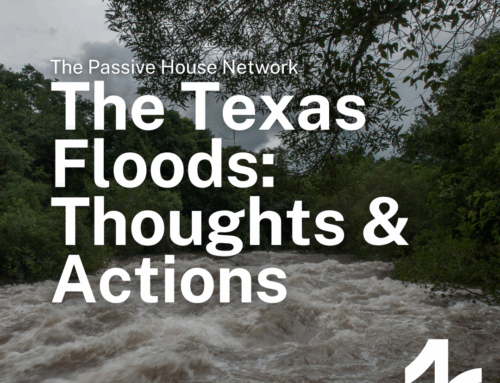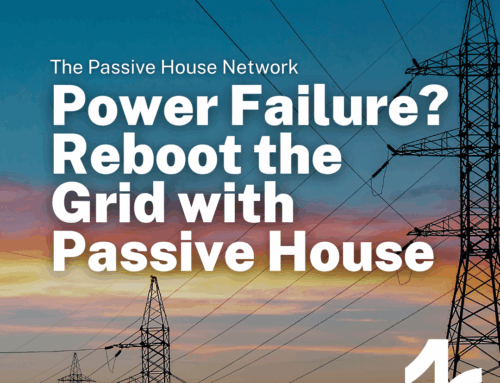What it Means to be Safe at Home:
Houston, Heat Waves, and Why We Need Better Buildings
Last week, in a storm that killed seven, large swaths of the Houston, Texas area experienced a loss of power. Strong winds knocked down enough power lines that, at the height of the outage, nearly 900,000 people were left without service.
Power is being slowly restored, but not fast enough. On Tuesday, an estimated 130,000 homes were still without power. Meanwhile, another heat wave makes its way through the state.
Extreme heat is the number one weather-related killer in the United States, resulting in hundreds of fatalities each year. Power outages only make these weather events more dangerous. A lack of air conditioning makes it more difficult for residents to cool down, especially those who are medically at risk. With temperatures expected to hit the 90s throughout the week, it’s hard to see how those without power will stand the heat.
Our health, safety, and quality of life are all being compromised by the climate crises, but they don’t have to be. Our 2023 Safe at Home report found that Passive House building standards–and in particular, heat pumps–can keep indoor temperatures at a safe, comfortable level during extreme heat events. During the June 2021 heat wave in the Pacific Northwest:
…Heat pumps performed best at keeping indoor temperatures at a comfortable 75 degrees while temperatures outside reached 108. In homes without air conditioning, indoor temperatures reached 96-100 degrees, while a standard AC could only keep temperatures between 82-87 degrees.

Image Credit: RMI
It’s more than just comfort or savings on your energy bill. In extreme temperatures and power outage events, Passive House building standards can save lives.
The climate crisis compounds difficulties presented by our existing infrastructure, but it doesn’t have to be that way. By making sensible design decisions backed by rigorous building science, we can redefine the standard of what it means to be safe at home.
Join us in designing, building, and advocating for a better future. Become a member, enroll in Certified Passive House Designer training, and read our reports to learn how Passive House building standards can support a livable, more sustainable future for all.





